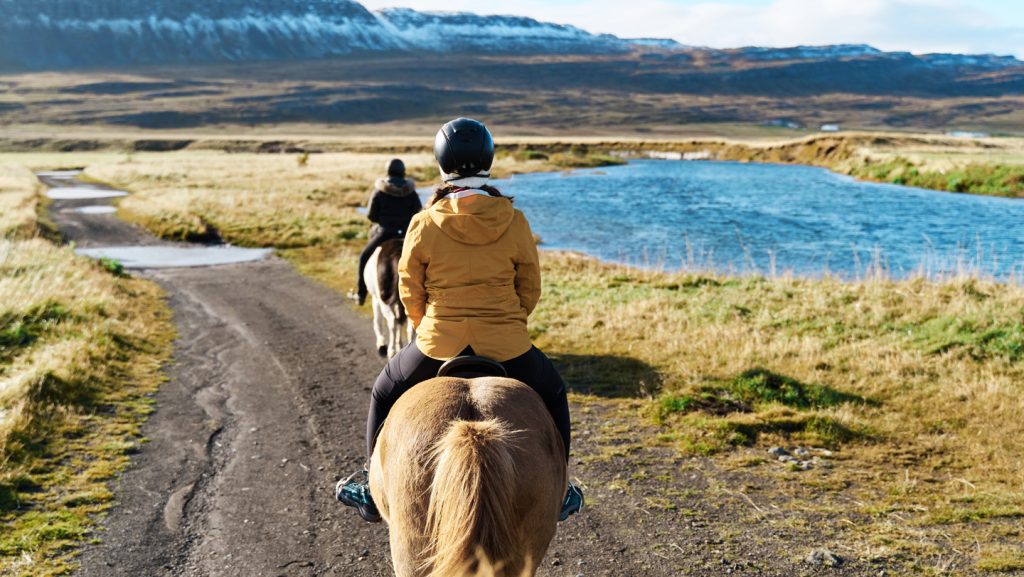The Genetic Secrets Behind Horse Domestication Revealed
Ancient DNA analysis has uncovered fascinating insights into how early humans transformed wild horses into the domesticated companions that revolutionized human civilization. A groundbreaking study published in Science on August 28 has identified two key genetic variants that likely made domesticated horses both more tractable and physically suited to carrying riders – perhaps the most significant advancement in Bronze Age biotechnology.
Molecular archaeologist Ludovic Orlando from the Centre for Anthropobiology and Genomics of Toulouse led an international team that built upon their previous research, which had established southwestern Russia as the birthplace of modern domesticated horses more than 4,200 years ago. While that earlier work answered questions about where and when horses were domesticated, this new study delves into the specific genetic changes that made domestication possible. The researchers analyzed genomes from 71 horses across various breeds and historical periods, focusing on 266 genetic locations to track changes through time. Of these, nine genes showed strong signatures of selection, suggesting they were specifically targeted by early horse breeders.
Two genes stood out for their dramatic early selection patterns. The ZPFM1 gene, which influences anxiety levels in mice and overall well-being in humans, underwent strong selection around 5,000 years ago. This suggests that making horses more docile and less fearful was one of the earliest priorities in domestication. The second key area, near the GSDMC gene, showed intense selection between 4,700 and 4,200 years ago. This gene is associated with chronic back conditions in humans and body proportions in horses. Experiments with genetically modified mice revealed that inactivating this gene led to straighter spines and stronger forelimbs – traits that would prove advantageous for horses carrying human riders.
What’s particularly remarkable is how quickly the GSDMC variant spread through horse populations. Over just a few hundred years, it went from being virtually nonexistent to present in almost all horses. The researchers estimate that horses with this mutation had approximately 20% more offspring than those without it, indicating deliberate and intensive selective breeding. “When you see something like that, you know you’re onto something that was really a game changer for horse biology,” explains Orlando. This genetic shift coincides perfectly with archaeological evidence showing the rise of horse riding.
The emergence of rideable horses transformed human societies in profound ways. Suddenly, humans could travel farther and faster than ever before, revolutionizing transportation, trade, warfare, and cultural exchange. The mobility provided by domesticated horses literally changed the course of human history, enabling the rise of vast empires and connecting previously isolated populations. According to Samantha Brooks, a geneticist at the University of Florida who wasn’t involved in the study, the findings present “a really resounding case of circumstantial evidence” connecting genetic changes to archaeological observations of domestication.
While ZPFM1 and GSDMC appear central to early horse domestication, the researchers acknowledge that other important genes may have been missed in their analysis. Additionally, cultural innovations in horse handling and riding techniques wouldn’t necessarily leave genetic traces. Orlando and his team are continuing their research by sequencing more ancient horse genomes, particularly focusing on those from the steppe empires of Mongolia and China. They hope to understand how specific horse traits contributed to the success and development of these powerful horse-dependent civilizations that figure so prominently in world history.
The study demonstrates how genomic analysis can illuminate pivotal moments in our shared history with animals, revealing the biological foundations of relationships that have shaped human society for millennia. What began as subtle genetic changes in a few horses ultimately led to one of humanity’s most transformative partnerships.


